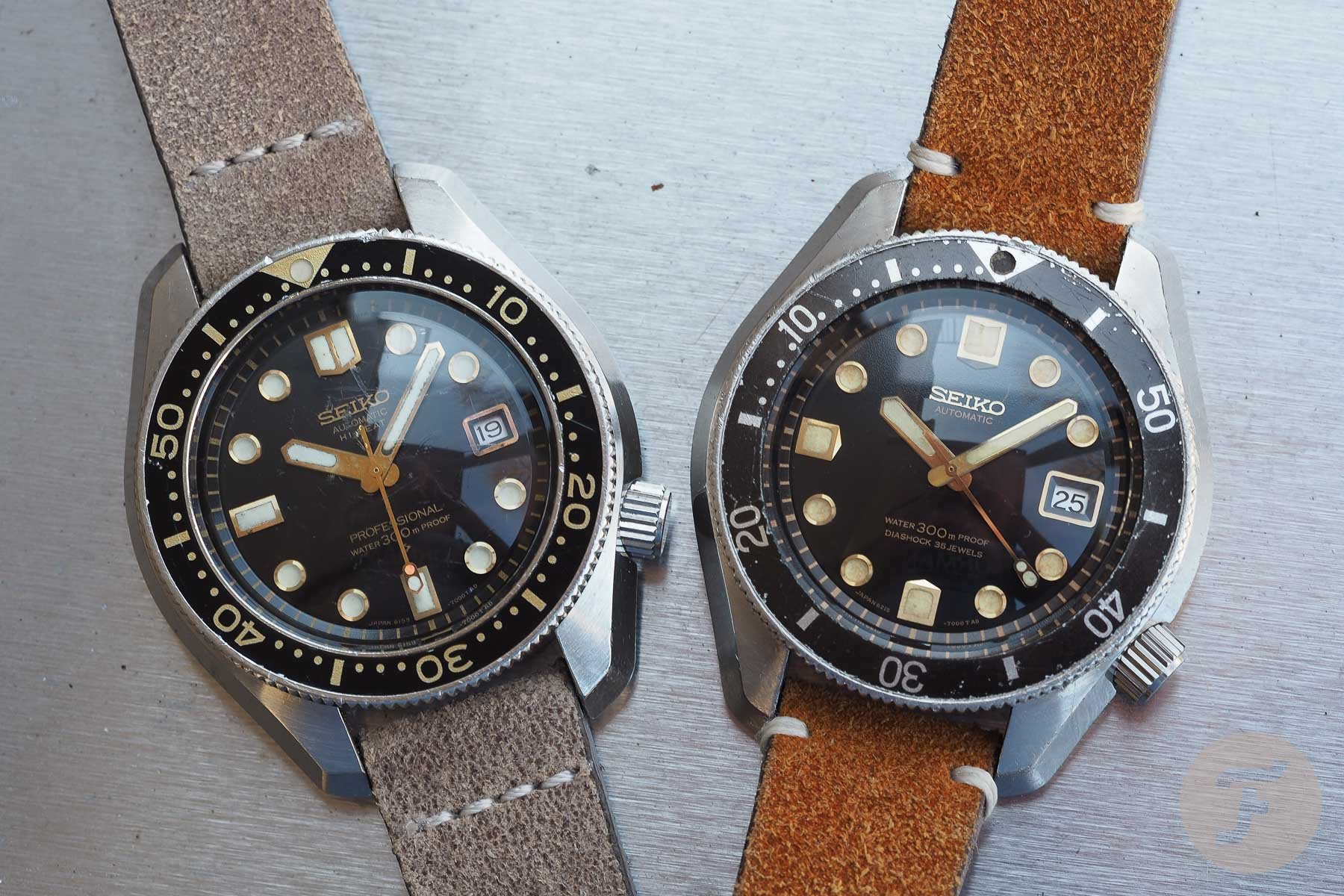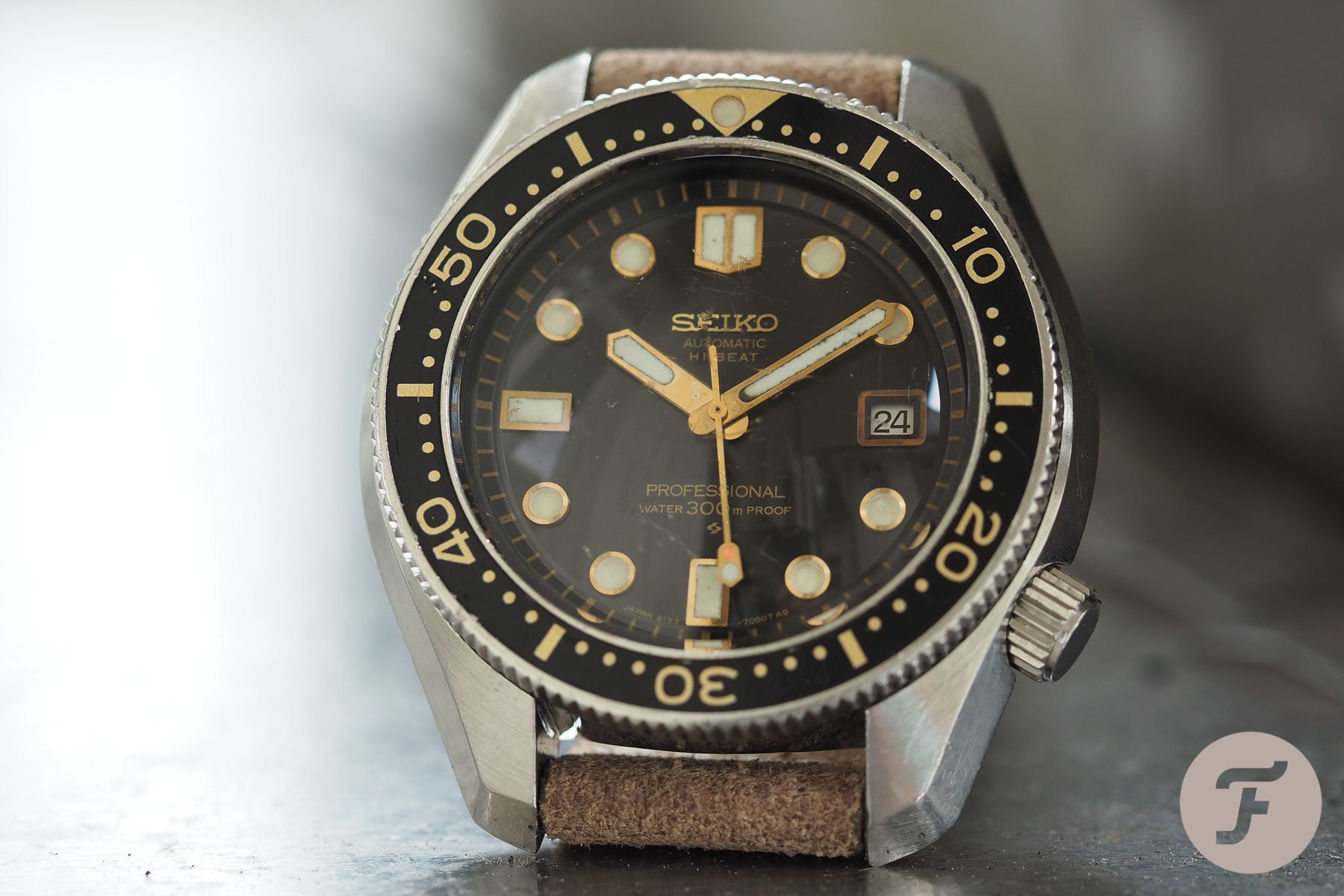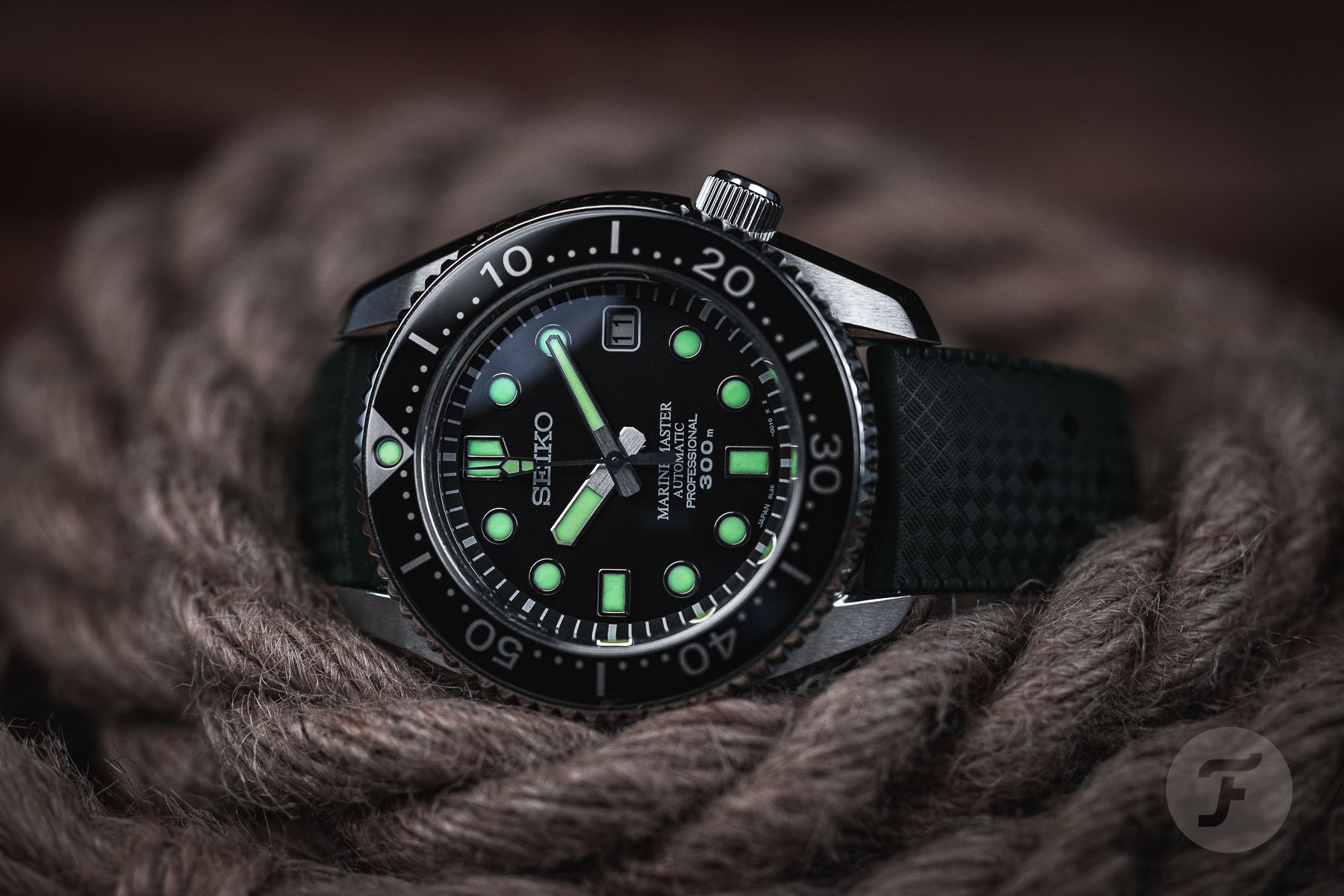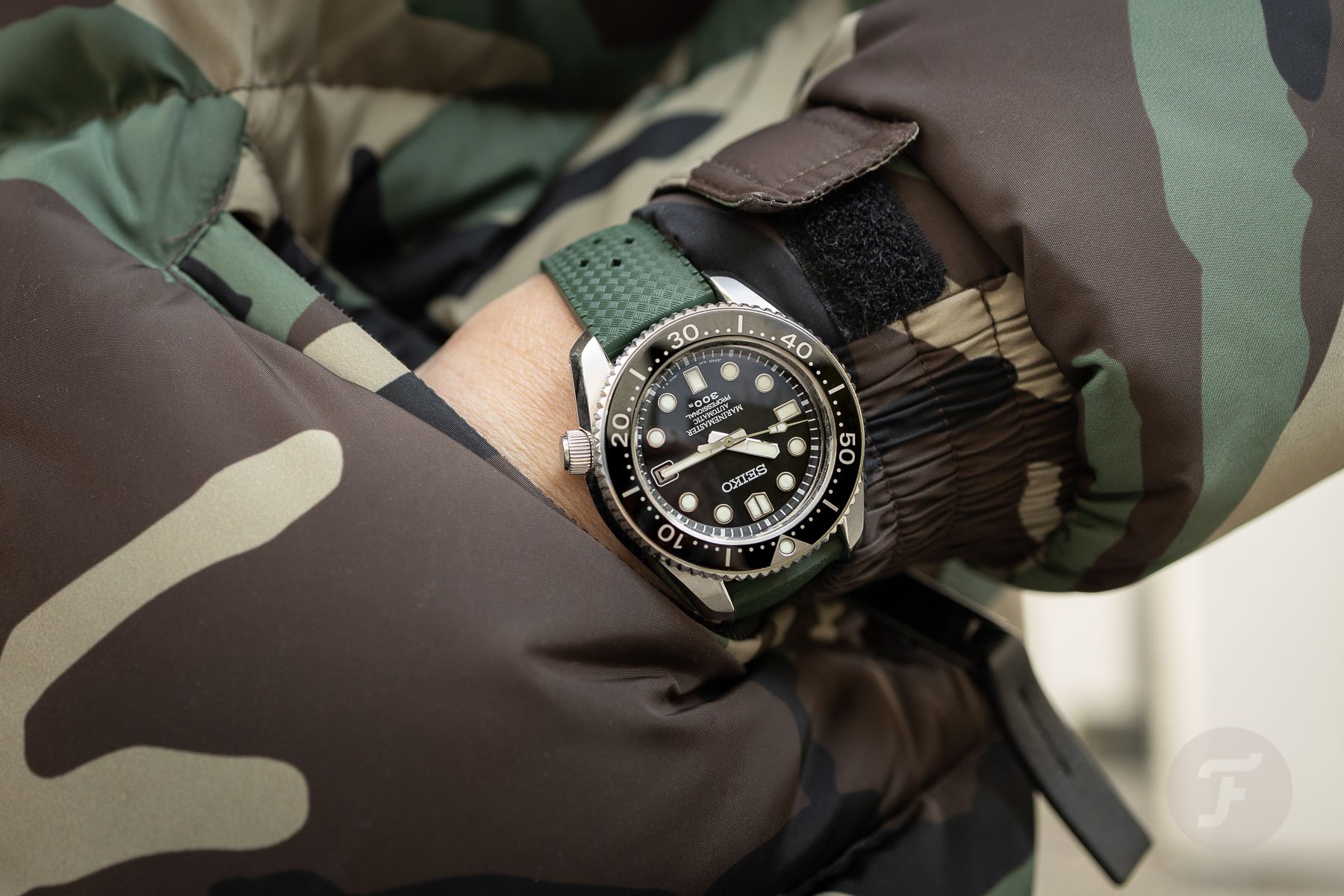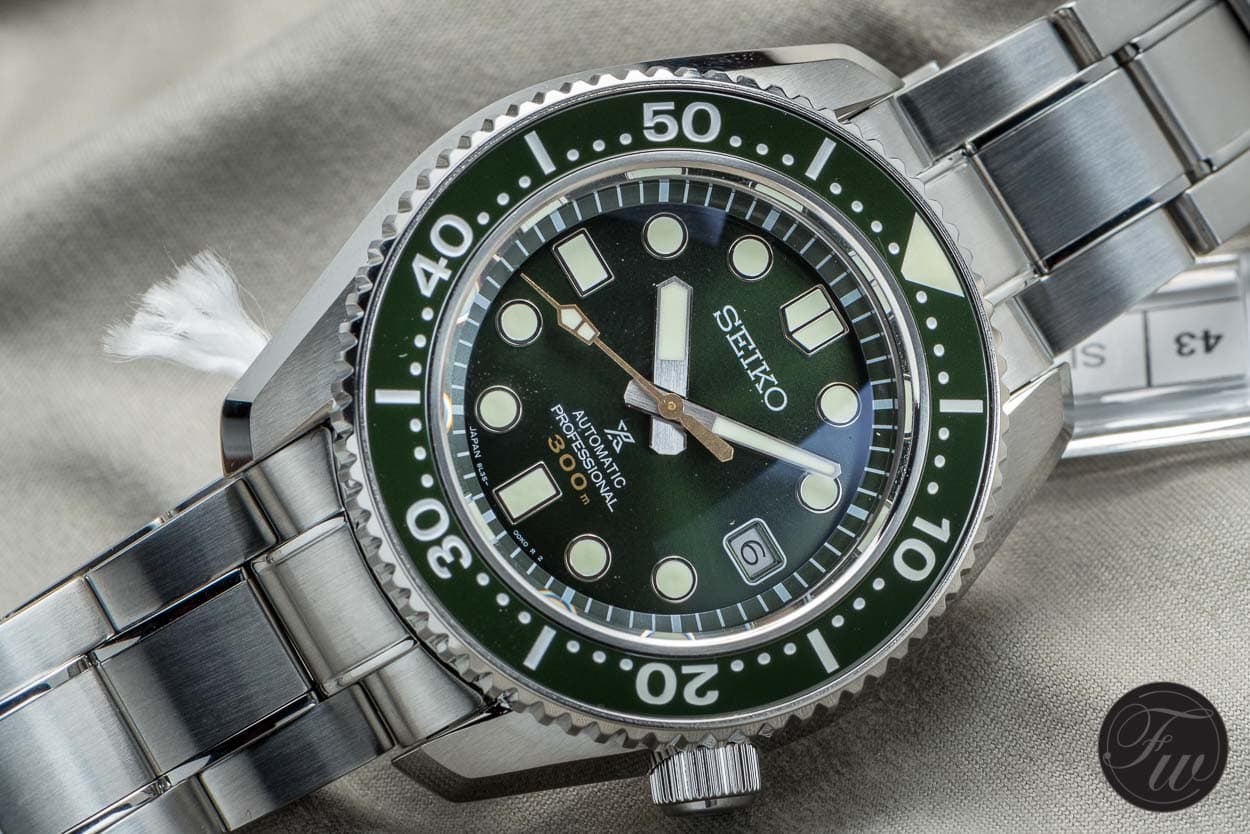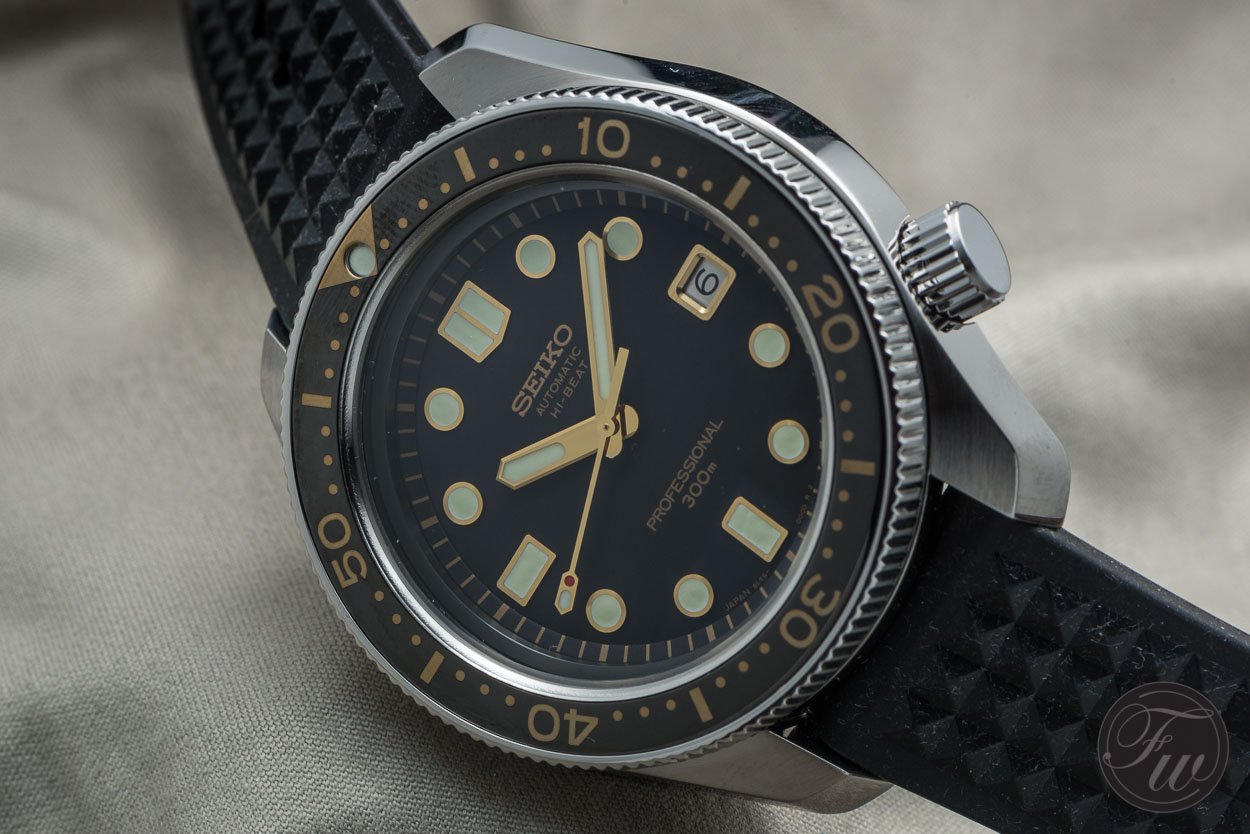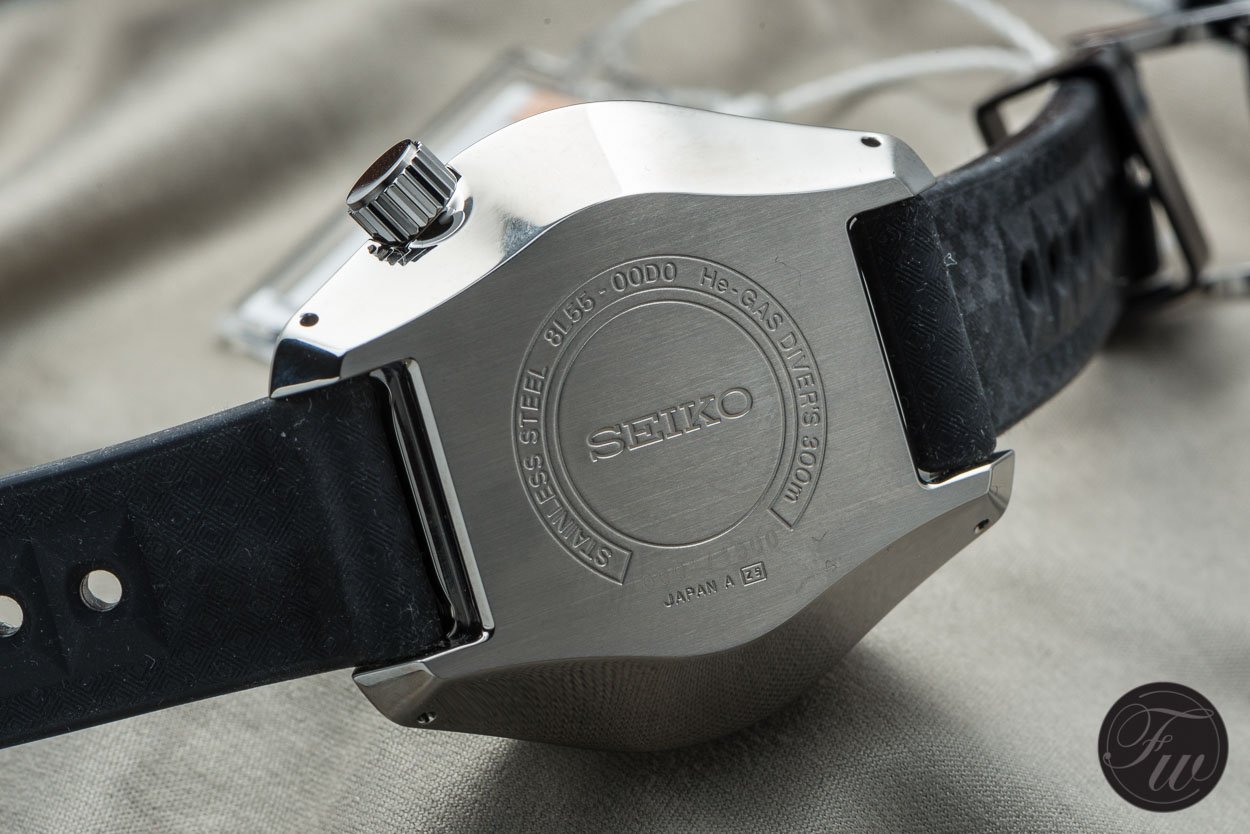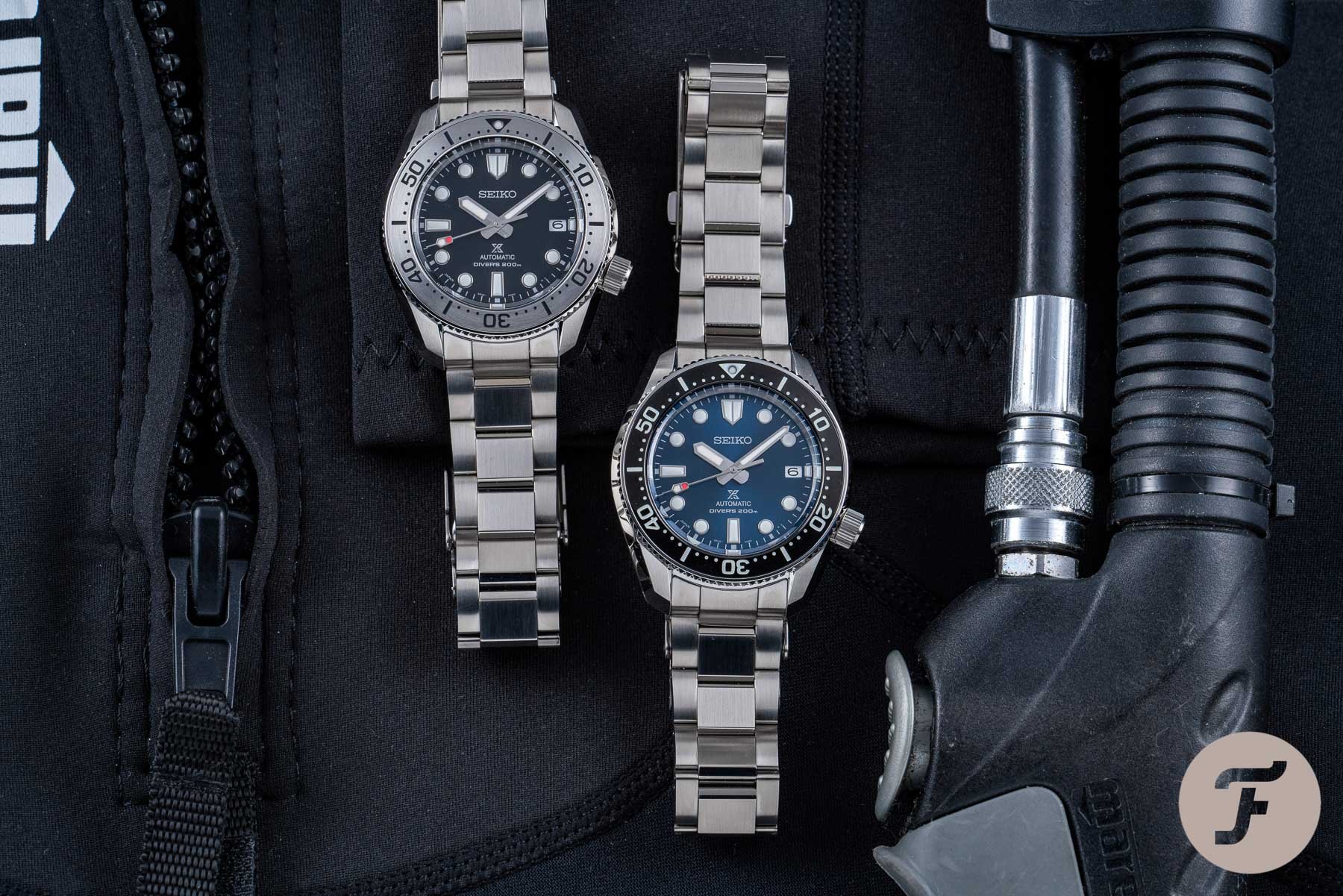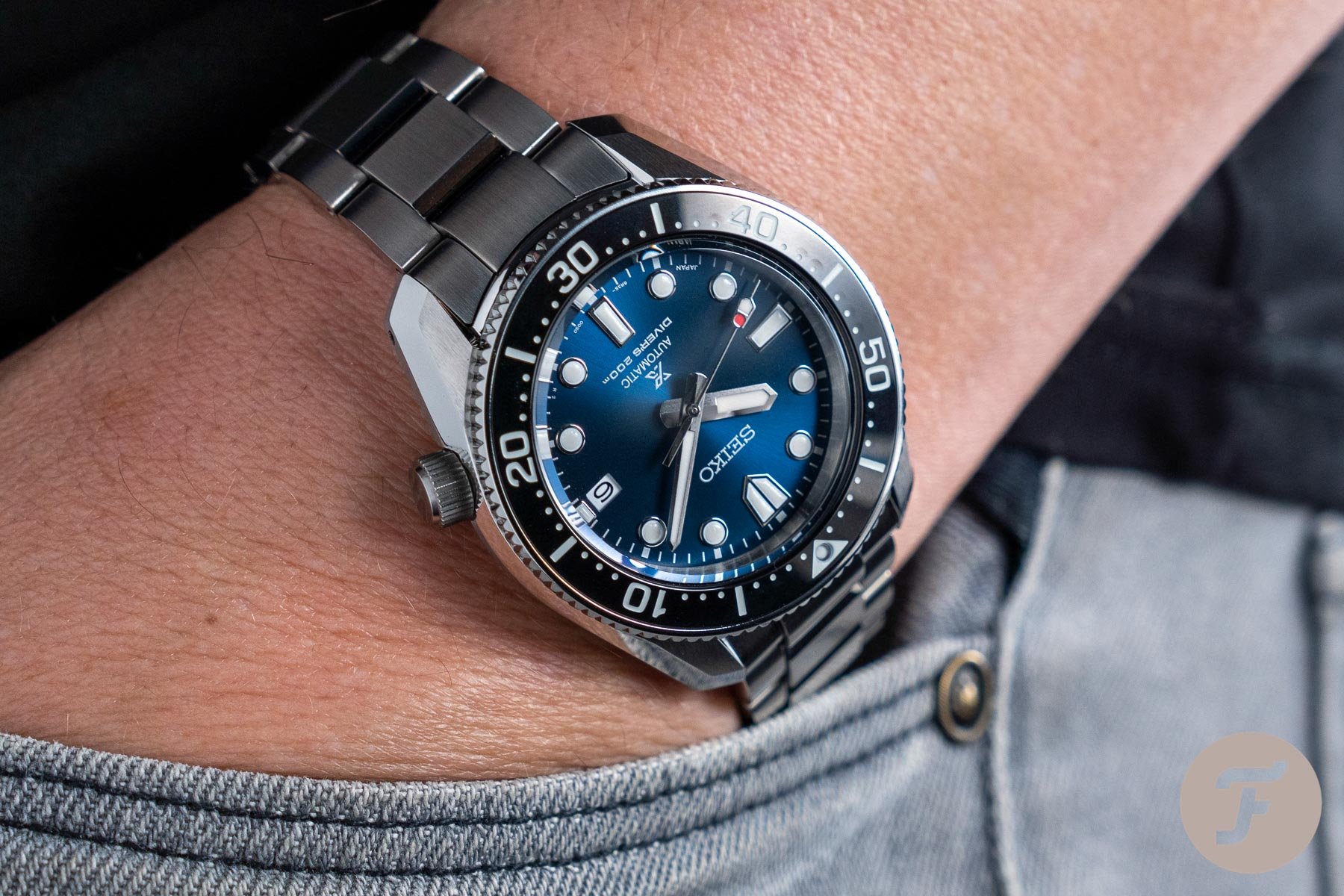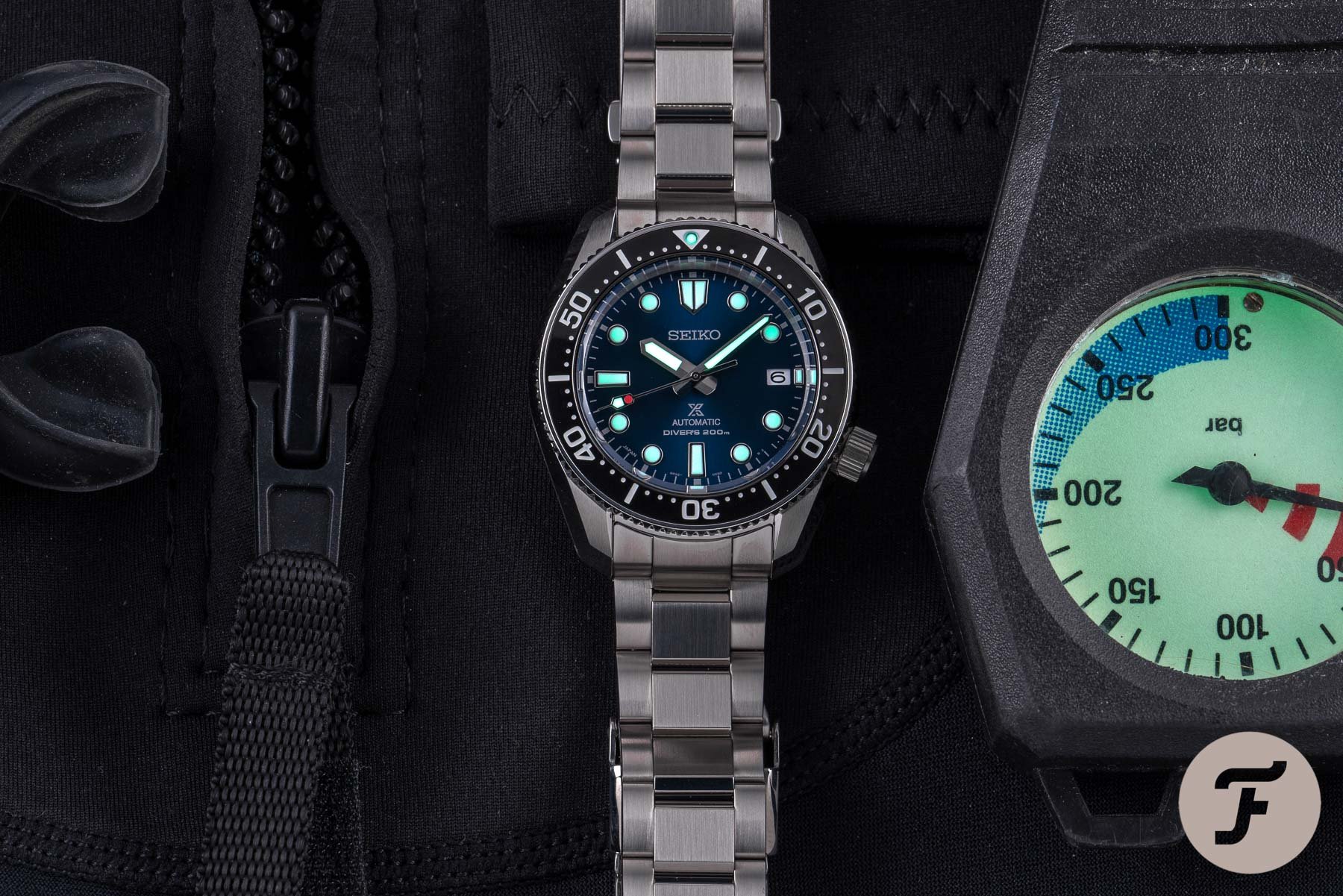Fratello’s Top 5 Seiko Marinemaster References Ever Produced
Another Friday, another Top 5! In this series, we take one classic watch and choose our five favorite references ever produced. Four of these references will be based on the historical importance of the specific watch in the grand scheme of things. Though there may be some overlap, it’s not a question of which references are the most collectible or of the highest value on the market. The fifth pick is our Fratello favorite that considers the current market price and collectability, potentially making it a sleeper reference. As such, the last pick could be described as our wild card. This week, we’ll take a look at the Seiko Marinemaster. What are the best references in the history of Seiko’s top-end professional diver?
While the first Marinemaster that comes to mind is the SBDX001 from 2000, the legacy of the Marinemaster watches goes back much further. So we’ll take the freedom of digging a little deeper and look into the history of the professional dive watches that led to the introduction of the Marinemaster. Additionally, when we mention the Marinemaster name, we have to include the Tuna Marinemaster models, right? Well, we actually have a Top 5 list of Seiko Tuna references planned as well, so we decided to stick to the lineage of the Seiko Marinemaster 300 as we know it today. There is plenty to discuss within this lineage, so let’s jump in.
Seiko Diver 6159-7000/1
The legacy of Seiko’s Marinemaster starts in the late 1960s with the brand’s first professional dive watches. Mike Stockton owns the first two models, which are absolute stunners that he wrote about here on Fratello. In 1967, the Seiko 6215-7000 debuted, introducing the famous aesthetic that led to the modern Marinemaster 300. While the 6215-7000 might have been the first model in the lineage, it was only in production for one year. But it was important because it introduced the famous Seiko diver designs we love. In 1968, Seiko followed it up with the 6159-7001. Both watches used the same 43.5mm monobloc case with its sharp lines and 300m water resistance, but they also differ on some points.
The 1968 model was the first Seiko diver that featured the word “Professional” on the dial, and it also came with Seiko’s 6159 “Hi-Beat” movement. Seiko updated the dial design by making the indices more visually balanced. The brand also updated the font on the bezel, making it a bit wider and giving it a gold color that created a chic overall presence in combination with the dial. This is the dive watch that Seiko uses as the base for its modern reissues and reinterpretations. As such, it is one of the most important Seiko divers that introduced the famous style that we still enjoy today with the Marinemaster models. If you would like to own the original vintage 6159-7000/1 from the 1960s, prices start at roughly €6K and move up to €10K for one in great condition. It buys you a cult-classic watch that defines the Seiko diver style to this day.
Seiko Marinemaster 300 SBDX001
Now we fast forward roughly three decades to when Seiko introduced the first true Marinemaster 300, the reference SBDX001. With this watch, the brand brought back that instantly recognizable style of the 6159-7000/1. But Seiko also updated it perfectly, resulting in an impressive dive watch that not only looks great but is also very competent. As most of you will know, the construction, finishing, and movement in the Marinemaster are the best that Seiko has to offer and are closer to Grand Seiko than the more affordable Seiko divers. The watch features a 44mm stainless steel monobloc case that is 14mm thick and 50mm long with a 20mm lug spacing. It’s a serious timepiece that lets you know it’s there and gives you the confidence that it can withstand everything you throw at it.
But that is just one side of the story. That chunky case also brought a luxurious feel that was unknown to the Seiko family of dive watches. As Robert-Jan explained, the Marinemaster’s case received the same (Zaratsu) polishing as Grand Seiko watches. The dial, indices, and hands are also finished meticulously. And inside the case, you will find the caliber 8L35, which is based on Grand Seiko’s 9S55 movement. I’ve had the pleasure of wearing Robert-Jan’s SBDX001 on multiple occasions, and every time, I was seriously impressed. Not only is it remarkable how much of a step up it is from other Seiko divers, but it’s also a thoroughly impressive watch in all its facets. This is especially true because it cost “only” €2,000 when it was in production. Currently, you can expect to pay between €2K and €3K for a pre-owned example.
Seiko Prospex SLA019
In 2018, Seiko introduced the first of the current versions of the Marinemaster 300. It was the follow-up to the SBDX017, which was the replacement of the first-generation SBDX001. The SBDX017 saw some slight updates compared to the first Marinemaster 300, mainly to the movement. Seiko used a new Lumibrite composition for the indices and hands to make them even more luminous. With the follow-up to that second generation, Seiko made some big steps. The first reference was the Seiko SLA019, which was presented during Baselworld 2018. This limited edition of 1,500 pieces was officially introduced as the 1968 Automatic Diver’s Limited Edition. Compared to the previous SBDX017, Seiko put the Prospex logo on the dial, updated the crystal from Hardlex to sapphire, equipped the watch with a ceramic bezel insert, and introduced a beautiful green color to the Marinemaster template.
Robert-Jan wrote a lengthy hands-on review in which he explained more about the background of the color and its relation to Japanese nature. However interesting the story might be, it simply is a stunning shade of green that fans immediately embraced. In combination with the gold seconds hand and gold text on the dial, it made for an impressive new Marinemaster 300. Another thing that changed was the price. The new version increased from €2,000 to a hefty €3,200. But what you get in return is still so much better than everything else at that price that it makes it hard to fault the more expensive Marinemaster. After the initial green version, other colors followed and showed that the MM 300 is not just an impressive modern dive tool but also a great luxury timepiece.
Seiko Marinemaster SLA025
That same year (2018), we saw another great release that had the hearts of Seiko fans beating faster. At Baselworld, Seiko also introduced the Seiko 1968 Automatic Diver’s Re-creation Limited Edition, also known as the SLA025. This recreation of the 6159-7000/1 proved once more how great the 1968 original was and how popular Seiko divers had become. The SLA025 celebrated the monobloc case of the original from the 1960s. This stainless steel case is slightly bigger at 44.8mm and features a super hard coating. The watch came equipped with Seiko’s Hi-Beat caliber 8L55. This automatic movement is a 37-jewel masterpiece that is, essentially, a Grand Seiko 9S85 with less high-end finishing.
While we had seen tributes to the original 6159 over the years, none of them were as impressive as the SLA025 from 2018. The first was the SBDX003, which came out in 2000 as part of the “Seiko Historical Collection The year 2000.” In 2015, Seiko released the limited-edition Seiko Marinemaster SBDX012 to celebrate 50 years of Seiko dive watches. It brought back the gold numerals on the bezel insert that the SBDX003 did not have. But essentially, both of these tributes were still variations of the modern Marinemaster 300. With the SLA025, however, Seiko managed to bring back the classic 6159 with modern construction. The price tag was a hefty €5,500, but all 1,500 pieces sold out in no time. Expect to pay between €4K and €6.5K five years later. What you get in return is one of the best dive watches that Seiko has ever made.
Seiko Prospex SPB187
This brings us to the last of the five Marinemaster models on this list. At Baselworld 2018, Seiko also introduced the 1968 Automatic Diver’s Modern Re-interpretation. The watch quickly became known as the “Baby Marinemaster,” but that was not necessarily because of its size. At 44mm in diameter, it was still a big watch. The name was the result of the lighter set of specs compared to the MM 300. I reviewed the SPB105 “Dark Green Sunset” and really loved that watch. But the model came with remarks from fans. Many wished for a smaller diver with a similar style but smaller than the standard Marinemaster. Additionally, many people weren’t a fan of the handset with its fat, small hour hand and long, slimmer sword-style minute hand. Two years later, however, Seiko introduced two new versions of the 1968 Automatic Diver’s Modern Re-interpretation or Baby Marinemaster.
The Seiko Prospex SPB185 and SPB187 introduced a smaller 42mm case that is 12.5mm thick. The cases and dials also look much more like the current Marinemaster 300 than their predecessor. Inside the case, Seiko uses its popular caliber 6R35. Watch fans praise Seiko for these stunning-looking pieces. Rob wrote the introduction article for the steel-bezel SPB185, which became one of the best-read articles of 2020 on Fratello. While I absolutely love that version, I picked the SPB187 for this list because it is more in line with the original 1968 diver. It is a great reminder that 55 years after the Marinemaster style was introduced with the 6159-7000/1, it is still as relevant as ever. For its current price of €1,300, this is one of the best Seiko divers you can get. On top of that, it’s more proof of how great the Marinemaster lineage is.
Final thoughts
There you have it— five great Seiko dive watches that are part of the Marinemaster family. We realize that you might not agree with all the picks for this list. That’s why we would love this to be the start of a bigger discussion. Let us know your picks for the most relevant references in the development of the Seiko Marinemaster. We will see you next week for another Top 5 list of references for a different classic watch.

